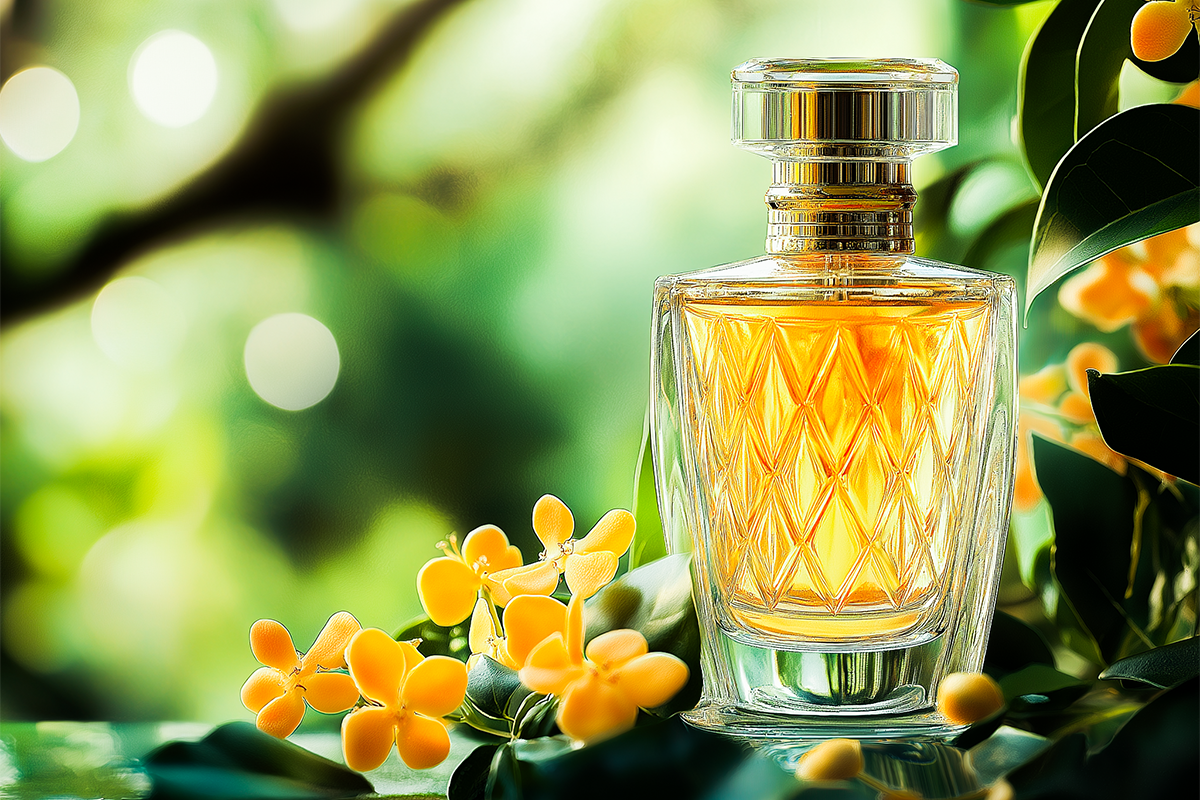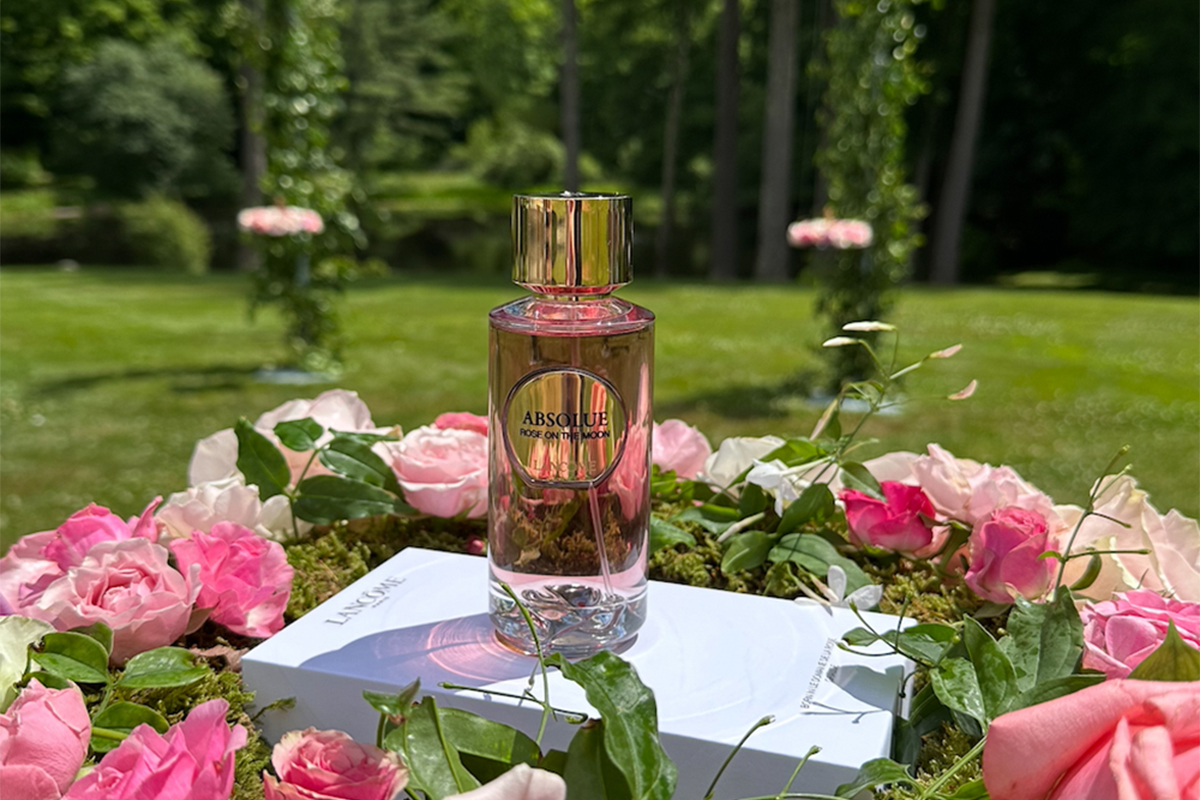A member of the beautiful sunflower family, these flowers are extensively used in foods and fragrances…
Belonging to the sunflower family, marigold is a beautiful flower. While the genus of this flower is genus is native to North and South America, its popularity has ensured that it is grown throughout the world. The flower is golden, orange, yellow or white, with vibrant maroon highlights that makes it stand above the rest. Often referred to as tagetes, this flower is an extensively used ingredient in the domain of perfumery. In fact, not just perfumery, marigold is also used as a food flavoring agent.
This musky, pungent scent finds takers in various perfumers due to the intense character that it lends to the fragrance. One of the major reasons why marigold is a preferred choice in perfumers palates across the globe is that they grow throughout the year and don’t require any special care. In fact, there are certain variants of this flower that are edible and used extensively in cooking, decoration and surprisingly even healthcare. Some researches even hint at marigold’s anti-aging properties.
Some varieties of marigold are known to have medicinal properties as well and are used to prepare herbal ointments. Planted in gardens to repel bugs and add a hint of bright yellow colour to the mundane décor of the yard.
The flower’s origin
Surprisingly, the earliest use of marigolds was by the Aztec people. However, the first recorded use of marigolds was in the De La Crus-Badiano Aztec Herbal of 1552. In fact, the Aztecs were known to breed the marigold for increasingly large blooms. They were the ones who introduced the flower and its various facets to the other cultures around the world. Way back in the 1500’s, Spanish explorers took native marigold seeds with them on their way back home. This was the first of many incidents that contributed to marigold flowers getting global exposure. The marigolds were cultivated in Spain and popularly seen in monastery gardens.
From Spain, the beautiful flowers travelled all the way to France and Northern Africa. This travel also gave rise to hybrids in the varieties of the flower. Later on, the flowers went on to become a part of the topography in Mexico, Latin America and other parts of the world as well. Marigold also finds extensive usage in religious rituals. However, this usage is not based solely on heresy. The medicinal properties of this flower coupled with its pungent smell helps ward off bugs and therefore avoid various types of illnesses.
Marigold’s American debut happened a little late at a time when the other popular flowers in the continent were beleaguered by disease. Over the period of time, there have been various hybrids of this flower that have been introduced in and around the region.
Mary’s Gold in perfumes
The name of the plant is derived from ‘Mary’s Gold’, a name that was once used to refer to Calendula. Its blossom has a musky, pungent scent and so this essential oil is a popularly used base note in perfumes.
The inherent anti-oxidant properties of this flower and its excellent silage make it a good choice for the base note. Over the years, many perfumers have used this ingredients in their concoctions to create masterpieces. One such example is Ralph Lauren’s Romance. The perfume encapsulates a beautiful blend of flower of water lily, marigold and romantic white violet giving the perfume a touch of elegance and the sensual grace. This rich romantic fragrance is beautifully complemented with spicy notes of carnation and ginger refresh. The notes are laid out on a base of Patchouli, oak moss and white musk giving it a soft mesmerizing finish.
Since marigold is part of the floral family, its use in floral fruity scents does not come as a surprise. In fact, Tommy Hilfiger has dedicated an entire fragrance to this flower. Known as Flower Marigold, this fragrance is focused on the concept of love, life and celebration synonymous to the bright yellow flowers. It is part of Tommy Hilfiger’s flower collection.
Not just women, marigold’s charm has made its mark in the world of male perfumes as well. A sterling example of this trend comes from Burberry. The Burberry for Men fragrance.
Perfumers often find it challenging to use marigold in their creations. History has been witness to many failed attempts as well. These are fragrances that have faced severe backlash or criticism from perfume lovers. After all, marigold extracts are known to carry a pungent smell and it is often challenging to blend it with other ingredients to create the perfect olfactory treat for the senses.
Another floral fruity fragrance that enriches in Marigold is by Juicy Couture. Juicy Couture for women reveals its top notes as tuberose, lily and marigold flowers.
Launched in 2006, this fragrance was created by Harry Fremont and was honoured as the FiFi Fragrance Of The Year 2006. The perfume is multifaceted- light and not yet naive, fresh and sensual. One spray and you are set to enjoy the sweet dreams of a fairytale with this one.
Floral with fruity, floral with woody and floral with musk, are the kinds of fragrances you think of, when there is Marigold’s mention. A classic and irresistible scent from Vera Wang, Vera Wang Embrace- Marigold And Gardenia is an example of fresh fragrances that never leave your mind.
Inspired by the vision of modern intimacy and emotion, this fragrance opens with top notes of juice mango, melon and cardamom. The heart flows with dreamy marigold, gardenia and sparkling orange blossom and warms to the base of creamy sandalwood, cedarwood and musk.















